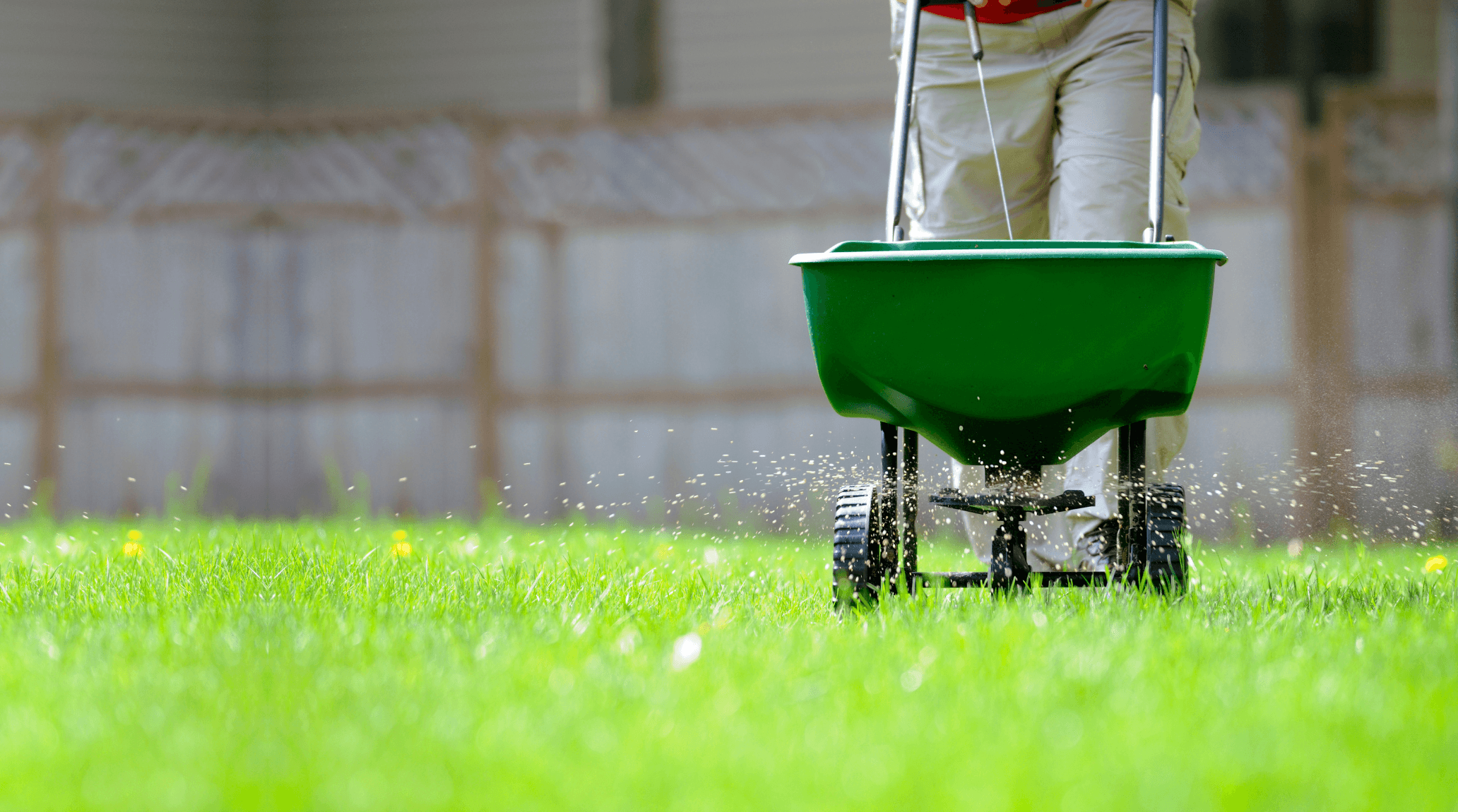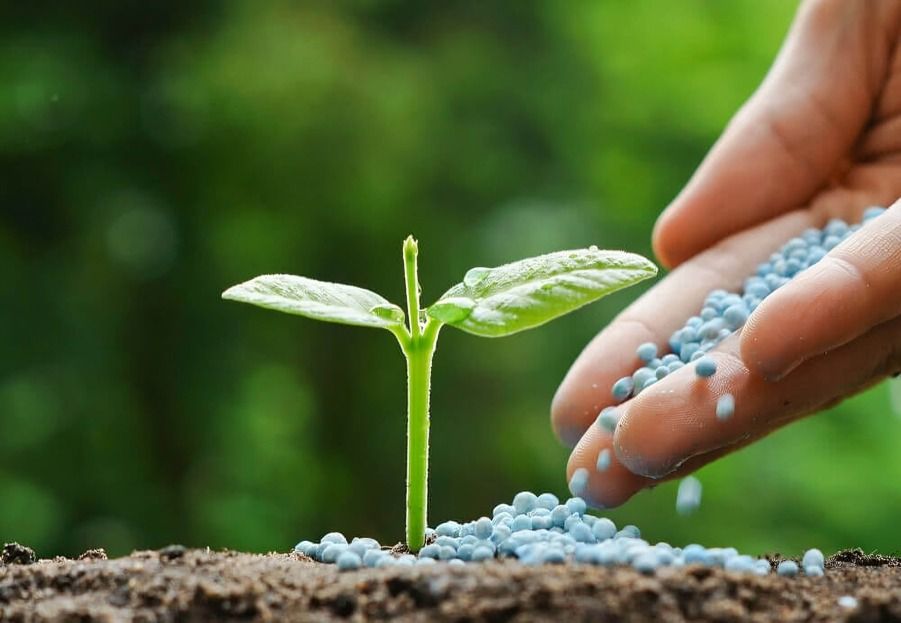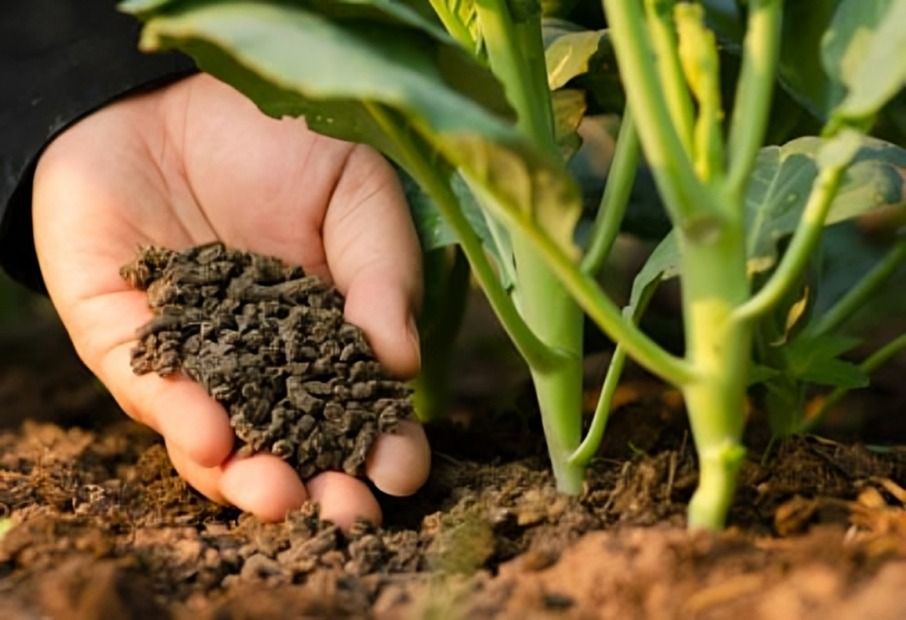
“
Fertilizing Tips for Healthy Plants are essential for any gardener looking to enhance the growth and vitality of their garden. Fertilizers provide the necessary nutrients that plants need to thrive, including nitrogen, phosphorus, and potassium. Understanding the proper techniques and best practices for fertilizing can make a significant difference in the health and productivity of your plants. In this blog, we will delve into 20 educational facts about fertilizing plants, each designed to equip you with the knowledge to maintain a lush and thriving garden.1
1
”
Plants require three primary nutrients: nitrogen, phosphorus, and potassium, each playing a crucial role in their growth and health. Nitrogen supports lush, green foliage, phosphorus aids in root development and flowering, while potassium strengthens plant cells and improves overall quality. 1
Nitrogen is essential for leaf growth and chlorophyll production. Fertilizers rich in nitrogen boost the development of vibrant, green leaves, which are critical for effective photosynthesis and overall plant health. 2
Phosphorus promotes strong root development and enhances flowering. Fertilizers with higher phosphorus content can significantly improve root systems and encourage more prolific blooming in flowering plants. 3
Global Fertilizer Day is celebrated annually on October 13. On this day, the fertilizer industry comes together to recognize one of the most significant innovations: the harvesting of nitrogen from the air, which led to the creation of modern fertilizers. 4
Organic fertilizers improve soil structure and are generally more sustainable than synthetic options. However, both types require careful application to avoid nutrient imbalances and runoff that could negatively impact the environment.5

Applying fertilizers during the growing season, usually spring and summer, provides plants with essential nutrients when they are actively growing. Fertilizing during dormant periods can lead to wasted nutrients and inefficient use.
Signs of nutrient deficiency include yellowing leaves, stunted growth, and poor flowering. Regular fertilization can help prevent these issues by ensuring that plants receive the nutrients they need for optimal health and development. 6
Over-fertilizing can lead to fertilizer burn, which damages plant roots and foliage. Following recommended application rates and schedules helps avoid harming plants and ensures they receive the appropriate amount of nutrients. 7
Slow-release fertilizers provide nutrients gradually over an extended period. This type of fertilizer reduces the need for frequent applications and helps maintain consistent nutrient levels in the soil. 8
Balanced fertilizers contain equal proportions of nitrogen, phosphorus, and potassium (N-P-K), making them ideal for general plant health. They are versatile and suitable for a wide range of plants. 9
Some plants, such as roses and tomatoes, benefit from specialized fertilizers designed for their specific nutrient needs. Using the right type of fertilizer can enhance growth and increase yield. 10
Plants quickly absorb liquid fertilizers and offer immediate nutrient availability, while granular fertilizers release nutrients slowly over time. Granular options are also easier to apply evenly over large areas. 11

Indoor plants generally need less frequent fertilization compared to outdoor plants. A balanced, water-soluble fertilizer applied every 4-6 weeks during the growing season can meet their nutrient needs.
Compost enriches soil with organic matter, improving its structure and providing a slow-release source of nutrients. It’s an environmentally friendly way to enhance soil fertility and support plant growth. 12
Micronutrients such as iron, magnesium, and zinc are vital for plant health, even in small amounts. Ensure your fertilizer includes these micronutrients to prevent deficiencies and support overall plant well-being.13
Lawns benefit from high-nitrogen fertilizers, which encourage lush, green grass growth. Applying these fertilizers during the growing season and adhering to a regular schedule yields the best results for a healthy lawn. 14
Soil testing is crucial for determining nutrient levels and pH balance. Accurate soil tests allow for precise fertilization adjustments tailored to your soil’s specific needs, optimizing plant growth and health. 15
Proper watering is essential when fertilizing, as it helps dissolve fertilizers and makes nutrients available to plant roots. Adequate watering also prevents salt buildup in the soil, which can harm plants. 16

Manure is a nutrient-rich organic fertilizer that enhances soil fertility and structure. Ensure that manure is well-composted to avoid burning plants and to reduce the risk of introducing pathogens into your garden.
Opting for organic fertilizers and avoiding over-fertilization helps protect the environment and promotes sustainable practices. These methods support long-term soil health and plant vitality, benefiting both your garden and the ecosystem. 17


